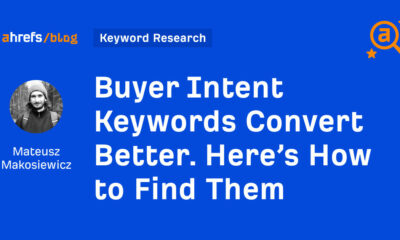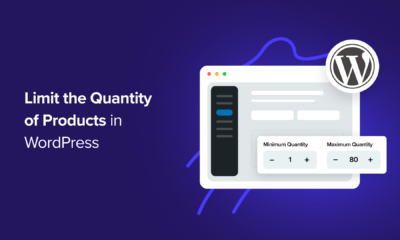TECHNOLOGY
Using Artificial Intelligence To Predict Purchase Intent

The use of AI in marketing allows businesses to understand customer demand for their products and their willingness to purchase them.
Predicting the purchase intent of anonymous visitors from various sources can be a daunting task for your business. Earlier, businesses would gauge customer interest in their products based on factors such as past demand, prices, and rival performance. Today, those factors are still relevant, in addition to a few more such as behavioral trends, reciprocity and product scarcity in the market. Such factors create huge reserves of customer data that need to be scanned and analyzed to get an idea about purchase intent. AI is the perfect tool to find patterns from big data before using them to create marketing and product promotional strategies. As we know, the combination of AI in marketing already has several applications today. Tools such as AI, machine learning, computer vision, and Natural Language Processing (NLP) allow you to go through thousands of data points online to understand each individual’s behavior. Unlike humans, AI can evaluate thousands of data points before carrying out a comparative analysis between the number of possible permutations and the billions of known outcomes. AI algorithms are trained with millions of datasets to predict buying intent in real-time based on such factors. Here are some of the ways in which AI goes about the purchase intent prediction process:
Identifying Customer Pain Points
Pain points are specific problems your prospective customers are facing with regards to your products in the marketplace. Detecting these points allows your business to know the specific aspects of your product, marketing strategies, or other factors that you will have to modify as per customer requirements. Identification of pain points before addressing them allows you to understand how to purchase intent works for specific products and how you can increase it. Pain points are assessed by conducting qualitative market research and feedback analysis, which can be optimized with the help of AI.
Data can be collected from customers in the form of the voice of customer analysis, surveys, purchase ratings, social media, and others. Customer feedback analysis tools enable you to integrate them with your CRM systems. Once this arrangement funnels in information related to customer interactions, customer satisfaction index, data generated from chatbot interactions with customers, and other similar details, you can use AI to get closer to predicting your customers’ purchase intent by analyzing this data. The AI-enabled prediction of purchase intent using pain points is useful in scenarios where you have information available in the form of market research data and customer feedback. However, how can you predict purchase intent for anonymous visitors on your site?
Predicting Intent from Interest Signals
When direct information is not available, your AI algorithms can collect data from other sources. Generally, visual content consumption is a powerful indicator of purchase intent. There are several third-party service providers who collect user behavioral activity data to understand the factors that drive purchase intent. From such data, AI can forecast the purchase intent for your products by using a few signals, which include:
- Number of consumers who visited your website
- Time spent on your online page
- Scroll Speed
- Types of products viewed and
- Time spent seeing each product
Predicting the purchase intent of your customers and others is challenging and full of guesswork. Using AI in marketing for the task reduces the guesswork and makes the process more data-driven and the predictions accurate.
Source link














You must be logged in to post a comment Login